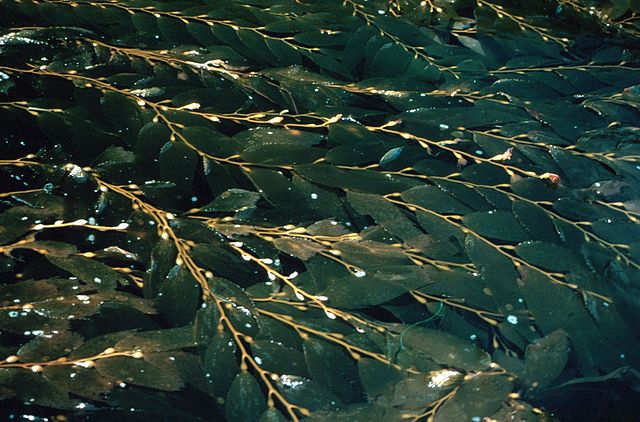Leaf area index (LAI) is a dimensionless quantity that characterizes plant canopies. It is defined as the one-sided green leaf area per unit ground surface area in broadleaf canopies. In conifers, three definitions for LAI have been used:Half of the total needle surface area per unit ground surface area
Projected needle area per unit ground area
Total needle surface area per unit ground area
A hemispherical photograph of forest canopy. The ratio of the area of canopy to sky is used to approximate LAI.
In biology, the canopy is the aboveground portion of a plant cropping or crop, formed by the collection of individual plant crowns. In forest ecology, canopy refers to the upper layer or habitat zone, formed by mature tree crowns and including other biological organisms. The communities that inhabit the canopy layer are thought to be involved in maintaining forest diversity, resilience, and functioning. Shade trees normally have a dense canopy that blocks light from lower growing plants.
The canopy of a forest in Sabah, Malaysia
Canopy of tropical evergreen forest, Andaman Islands
Canopy layers of primary tropical forest, Thailand
Macrocystis pyrifera – giant kelp – forming the canopy of a kelp forest





